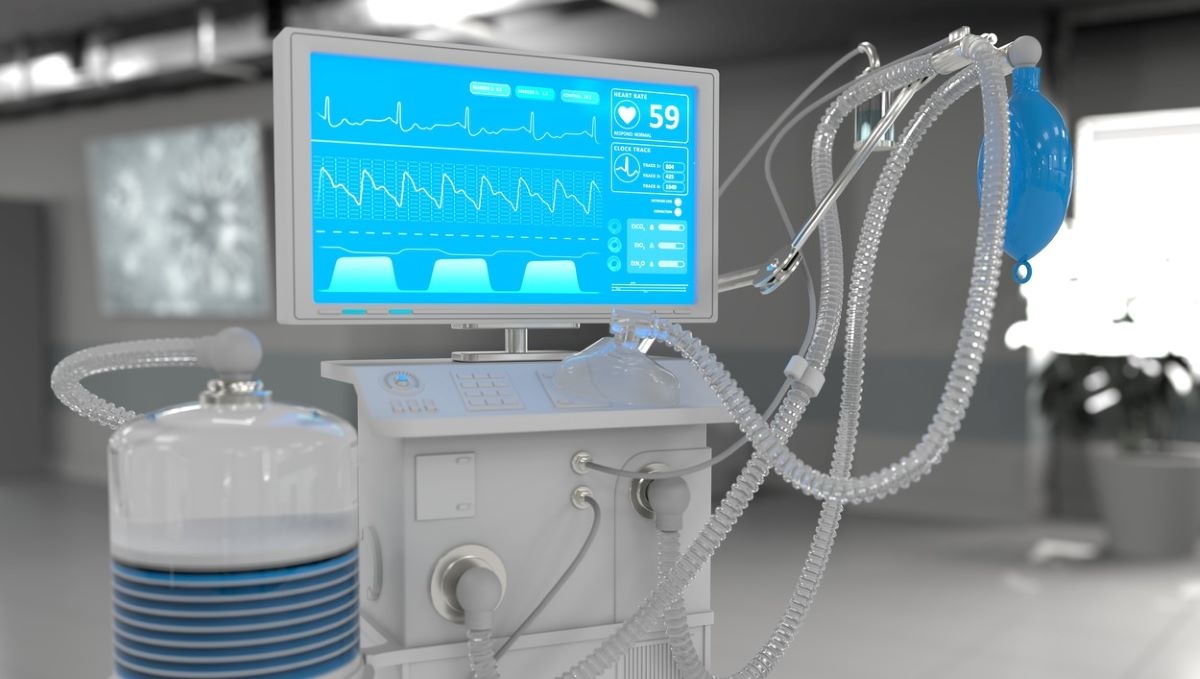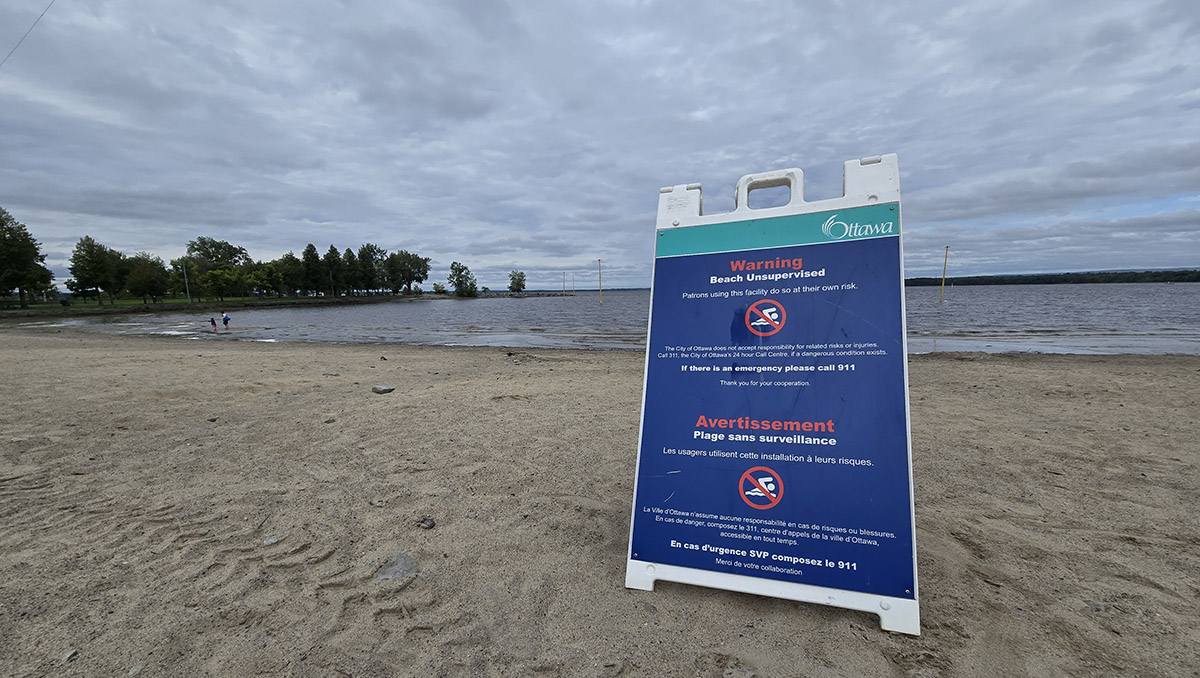
Tracheostomies and ventilators — every breath it takes
Above: Medical ventilators like this ICU artificial lung ventilator are used in hospitals. (PHOTO: ISTOCK)
Over the past year, there has been much conversation regarding ventilators. This, of course, is primarily due to Covid. Topics range from hospitals having a short supply of ventilators and the fear of using one.
This week, I want to share some of my own experiences of being on a ventilator. For those of you that are new readers, I’ve been using a ventilator for almost my entire life. I believe that I was six months old, and now I’m 46 years old.
Please keep in mind that this is the only way of life I know. For adults needing to be placed on a ventilator, the experience would be much scarier than mine, for example. In my case, I was just a baby, so I don’t remember the beginning very well, which might be a good thing.
The hardest part for me that I remember was that I’d try to take breaths independently, but I’d quickly get tired. What little breathing I could do wasn’t enough. I also did breathing exercises for a while, but eventually, I had to stop.
Typically, I’m not one to go down without a fight. I fought pretty hard, but my lungs were just too weak. From that day forward, I was entirely dependant on a ventilator.
Growing up and being on a ventilator wasn’t easy. Back in the 70s & 80s, technology was very different. All of the ventilators in the hospitals were huge. The machines weren’t portable at all. One of my first ventilators was similar to those you’ve probably seen on TV or in movies. The top part almost looked like an accordion. Whenever I’d get a breath, you could see the spirals come together and then expand on the exhale.
It’s hard to explain it well. It was equally confusing to me as well.
Due to the lack of portability, I was confined to my bed or in my chair near the ventilator. Luckily, technology eventually improved, and I was able to go to school and other places. Nowadays, the ventilators are much smaller, and batteries can easily be plugged into them.
I could easily be out all day, but you know, the whole pandemic thing and the lack of public washrooms right now is keeping me home or near home.
Some of you may be wondering where does my ventilator hook up to? Typically on TV/Movies and in cases where a ventilator is needed temporarily, the ventilator tubing goes into the mouth. In my case, it goes directly into my neck.
When I was six months old, doctors cut a hole in my neck and inserted a tracheostomy tube. The tubing from my ventilator connects to the tracheostomy tube, and the ventilator is programmed to give me air every few seconds. The air is pulled in from room air and then gets filtered before it reaches my lungs.
It’s literally what keeps me alive. I don’t consider myself being on life support. I’m just simply unable to breathe on my own while I’m busy living.
For the most part, I’m pretty stable, and my health is pretty good. The winter months are often hard on me due to cold temperatures, and the air is dry. During this time, I have a more challenging time getting stuff out of my lungs.
In general, I’m unable to cough things up as most people can. For this, I require suctioning.
Another tubing called a suction catheter is inserted down my tracheostomy tube and into my lungs. The suction catheter is attached to a suction machine. The suction machine acts like a mini-vac. The suction catheter then goes down to my lungs and sucks up the mucous from my lungs.
While I’m getting this done, I’m not breathing, so the suction catheter is typically down there for about 10-20 seconds. Repeat if needed.
On a typical day, I get suctioned every hour, sometimes more and sometimes less. It depends on how I feel and what I’m doing. Luckily, I’m able to tell my caregiver when I need to be suctioned.
It’s hard for me to describe how it feels. I’ve been doing this for my whole life, so I’m pretty used to it. I can’t say the same for others, though.
When I go somewhere, I always use public bathrooms when I need to clean out my lungs. Some of the people’s reactions can be pretty funny or just awkward.
Perhaps one day, I’ll share some of those stories. Well, the PG ones.
For those who have had to use ventilators later in life for whatever reason, my heart goes out to you and your loved ones. I can’t imagine all that you’re feeling or experiencing at this moment. As a long-time ventilator user, all I can tell you is do your best to relax. The ventilator will give you air, so that’s one less thing to worry about.
I also want to say that things have significantly improved in technology and support in the community. When I moved out of CHEO in 1994, I was pretty much on my own and had to figure out what to do in certain situations.
While things are still far from perfect, it has improved in certain areas.
The last thing that I’ll say is that yes, it is possible to live a long, healthy, active life while being on a ventilator.
I’ve been doing it for 46 years, one breath at a time.









